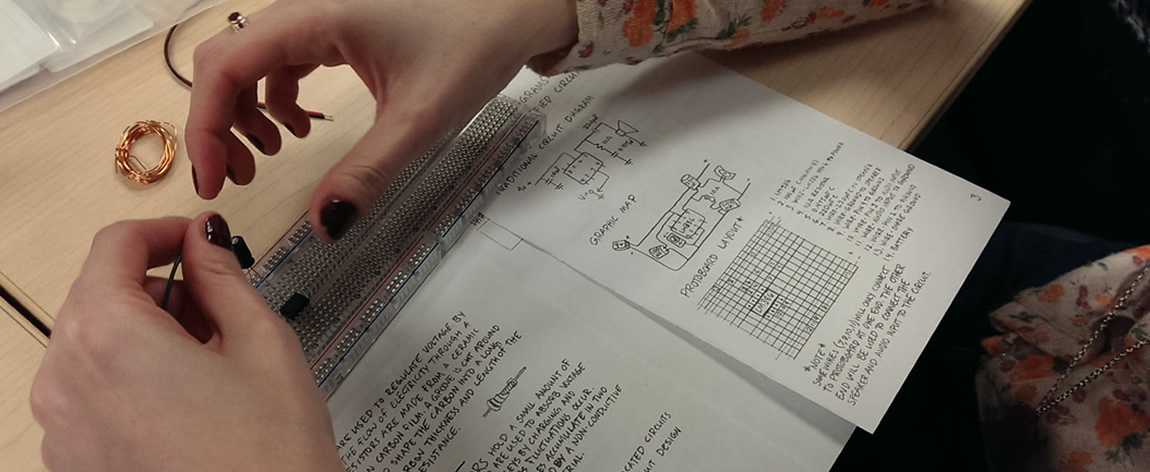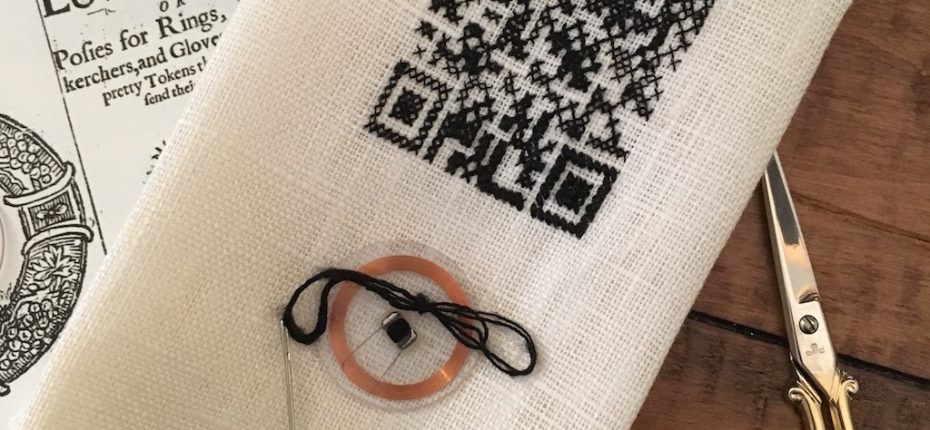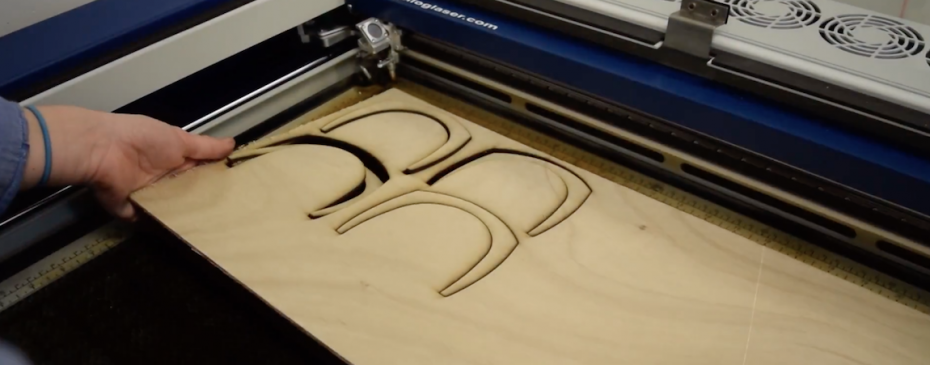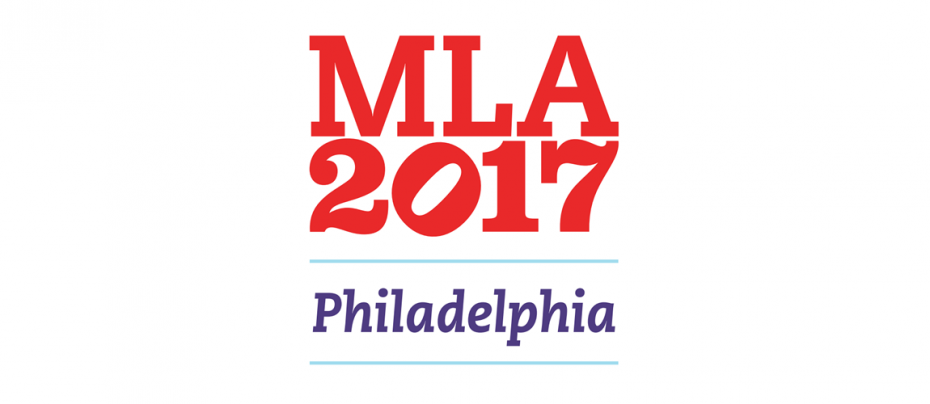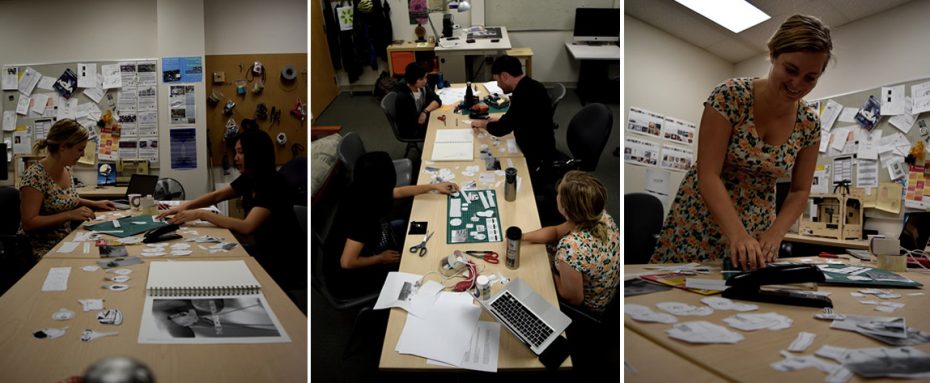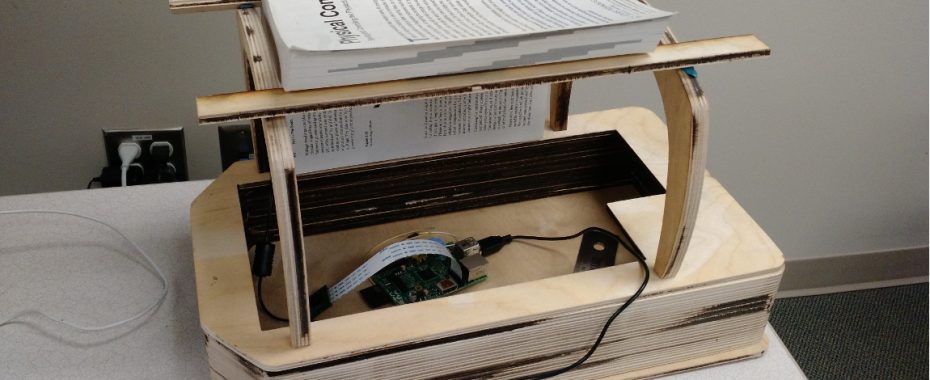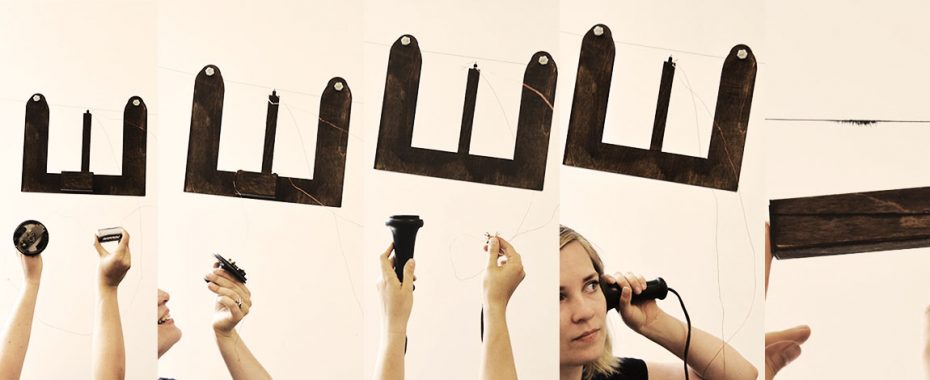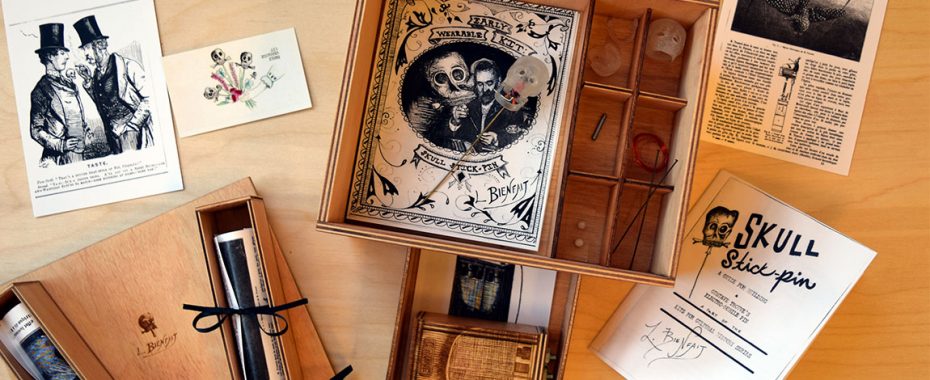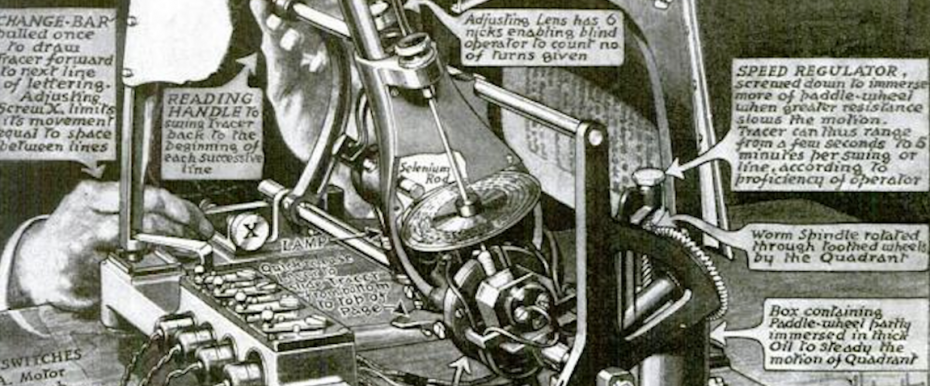Supported by a four-year Social Sciences and Humanities Research Council (SSHRC) Insight Grant, the Kits for Cultural History project is led by Jentery Sayers (the MLab’s PI) and William J. Turkel (Western University). The primary aim of the project is to express the histories of media, technologies, and science through new media, especially physical computing and digital fabrication techniques. Since September 2013, a group of MLab researchers has been prototyping, designing, and producing a series of physical kits, which “remake” old technologies and media that have been largely ignored, no longer exist, or are difficult to access. Rather than communicating humanities research solely in a written format, these open-source kits encourage exploratory engagements that playfully resist instrumentalism as well as determinism. In doing so, they prompt audiences to consider how the material particulars of historical mechanisms are embedded in culture, without assuming that, in the present, we can ever experience the world like “they did back then.”
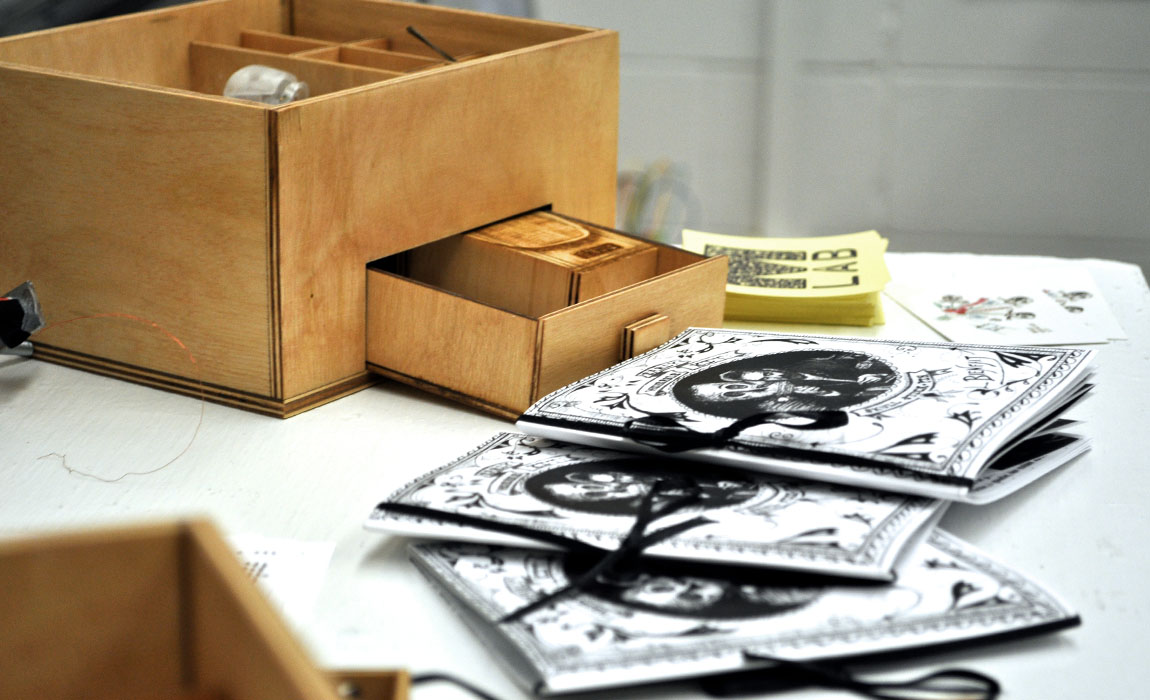
Photograph of the Early Wearables Kit, care of Danielle Morgan
Research Leads, Contributors, Support, and Partnerships
Kits for Cultural History is supported by the Social Sciences and Humanities Research Council of Canada. Jentery Sayers and William J. Turkel are the project’s principal investigators. With Sayers and Turkel, Nina Belojevic, Nicole Clouston, Shaun Macpherson, and Katie McQueston, together with Teddie Brock, Tiffany Chan, Alex Christie, Laura Dosky, Devon Elliott, Katherine Goertz, Jon Johnson, Danielle Morgan, Victoria Murawski, and Zaqir Virani, have contributed to the project. The research is being conducted in the MLab in partnership with the Lab for Humanistic Fabrication at Western University. The researchers are based in departments of English, history, and visual arts, as well as the Cultural, Social, and Political Thought program at UVic.
Project Status
This project is ongoing, with substantial support through at least April 2017. During the 2013-14 academic year, early prototypes were developed for three different kits: an early wearables kit (on late 19th-century electric jewellery by Gustave Trouvé), an early video games kit (on William Higinbotham’s Tennis for Two), and an early wire recorder kit. During 2014-15, the team expanded development of the early wearables kit, producing replicas of Trouvé’s electric jewellery, modelling and manufacturing cases for the kit, gathering contextual materials, and articulating the kit’s scholarly apparatus. In 2015-16, the team completed and exhibited its early magnetic recording kit and also began developing its early optophonics kit. By 2018, the MLab will circulate a number of these open-source kits, which will be archived, peer-reviewed, and distributed online and by post. Several publications, including “Prototyping the Past” (Visible Language), “Kits for Cultural History, or Fluxkits for Scholarly Communication” (Hyperrhiz), and “Why Fabricate?” (SRC), have already emerged from the project.
To stay in the loop with the Kits for Cultural History, follow the stream of posts below. We do our best to regularly publish logs of our work, and we are currently presenting this research at universities and conferences. Please do not hesitate to either comment on a log or email maker@uvic.ca with suggestions.
Post by Nina Belojevic, attached to the KitsForCulture project, with the projects tag. Images in this post care of Nina Belojevic, Shaun Macpherson, and Jentery Sayers. (This post was updated on 16 October 2016.)

